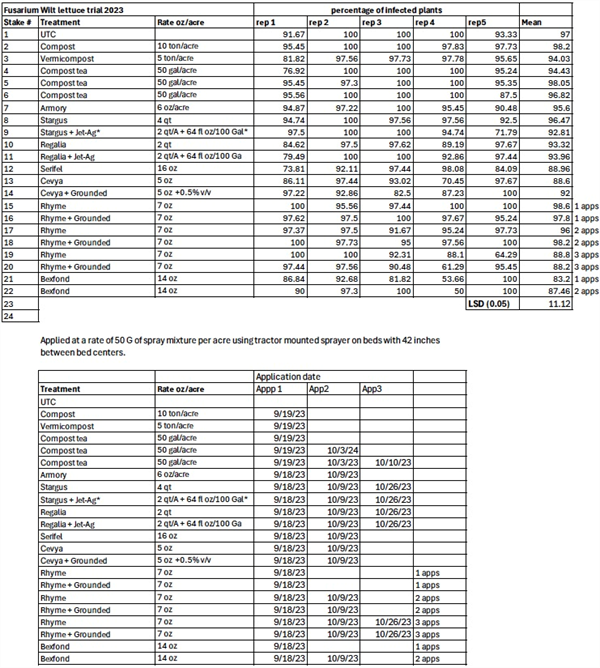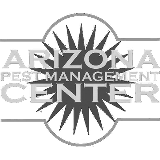-
Jul 23, 2014Management Guidelines for Whiteflies and CYSDV on Fall Melons 2014Growers are beginning to prepare local fields for fall melons, and with that comes the threat of cucurbit yellow stunting disorder virus (CYSDV). The virus was first identified in desert melons in the fall of 2006 where widespread infection on cantaloupes, honeydews and other melons cost growers a significant portion of their crops. Without question, yields and quality in desert melon crops can be seriously affected by CYSDV infection. Additionally, melon pest management has been affected by CYSDV as insecticide usage on fall melons has increased significantly since 2006. Over the past six years we have been studying the virus and trying to understand its epidemiology and impact on fall melon production. In addition, we continue to develop new information on control of the vector of CYSDV (Bemisia whitefly adults). Whitefly numbers this spring and summer have been very heavy and the incidence of CYSDV on spring melons was higher than I’ve ever observed it. However, how this translates into virus incidence this fall is unknown, but I would anticipate the risk from CYSDV to be as high as previous years. Further, given the aggressive management programs that PCAs and growers are now using, it will be interesting to see how CYSDV impacts melon production this fall. Our research to date suggests that fall melons produced near cotton or near areas where melons were produced the previous spring are at a high risk of infection. When possible, growers should attempt to isolate fall plantings as far away as possible from these sources of whiteflies and CYSDV. Growers forced to plant fall melons near these crops should be vigilant in minimizing adult whitefly infestation levels with insecticides during pre-bloom growth stages. To view a summary the status of CYSDV in Yuma County and guidelines for whitefly/CYSDV management visit Management of Whiteflies and CYSDV on Fall Melons.
 To contact John Palumbo go to: jpalumbo@ag.Arizona.edu
To contact John Palumbo go to: jpalumbo@ag.Arizona.edu








